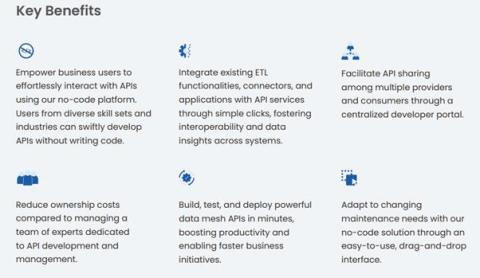The Best API Reporting Tools to Consider in 2024
The global API market’s value reached $5.42 billion in 2024 and is expected to grow to $34.17 billion by 2032. This exponential growth underscores the increasing reliance on APIs for digital transformation strategies. As the API economy expands, so does the complexity and volume of data exchanged through APIs. API reporting tools streamline this process by providing all the features you need to leverage APIs effectively.











